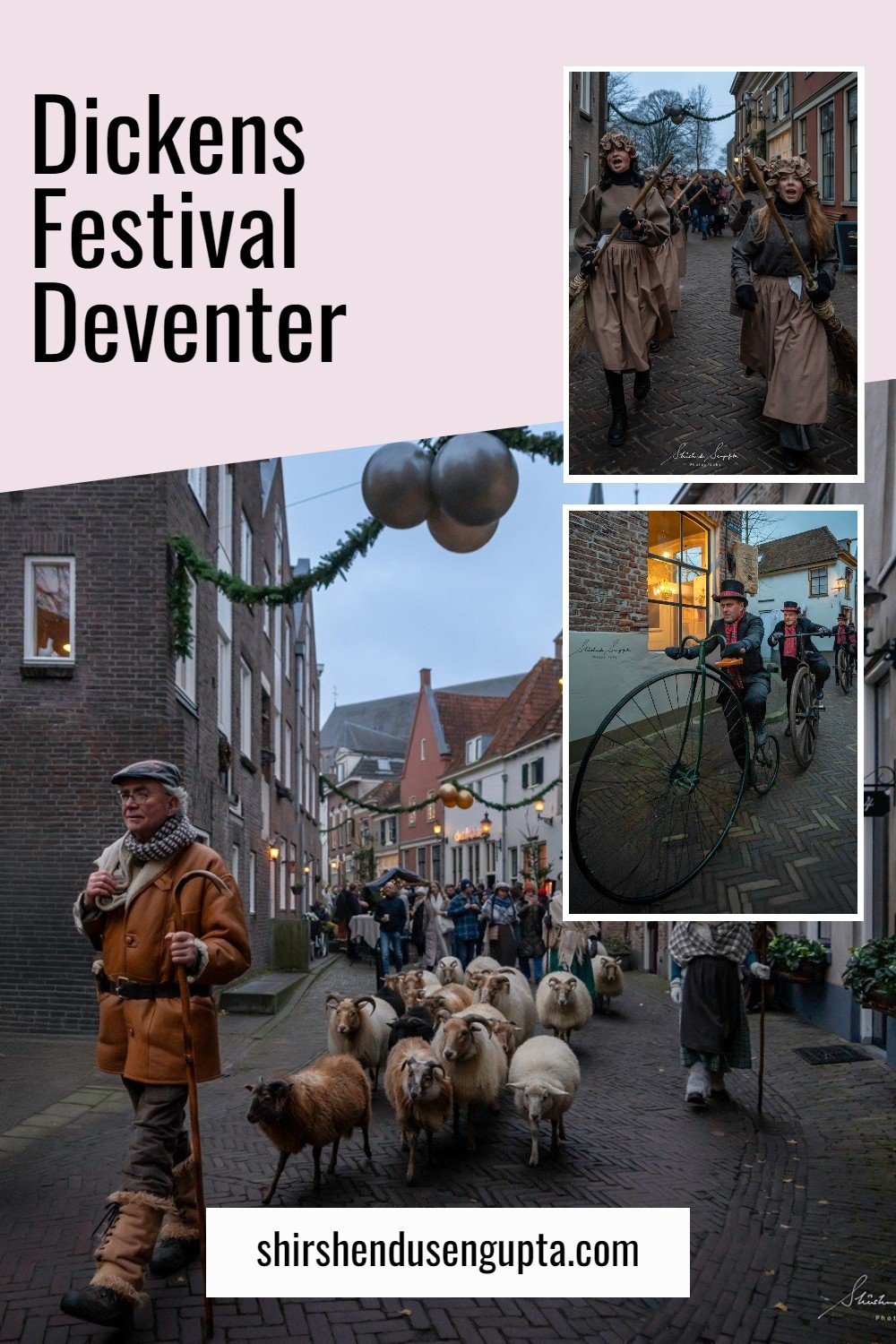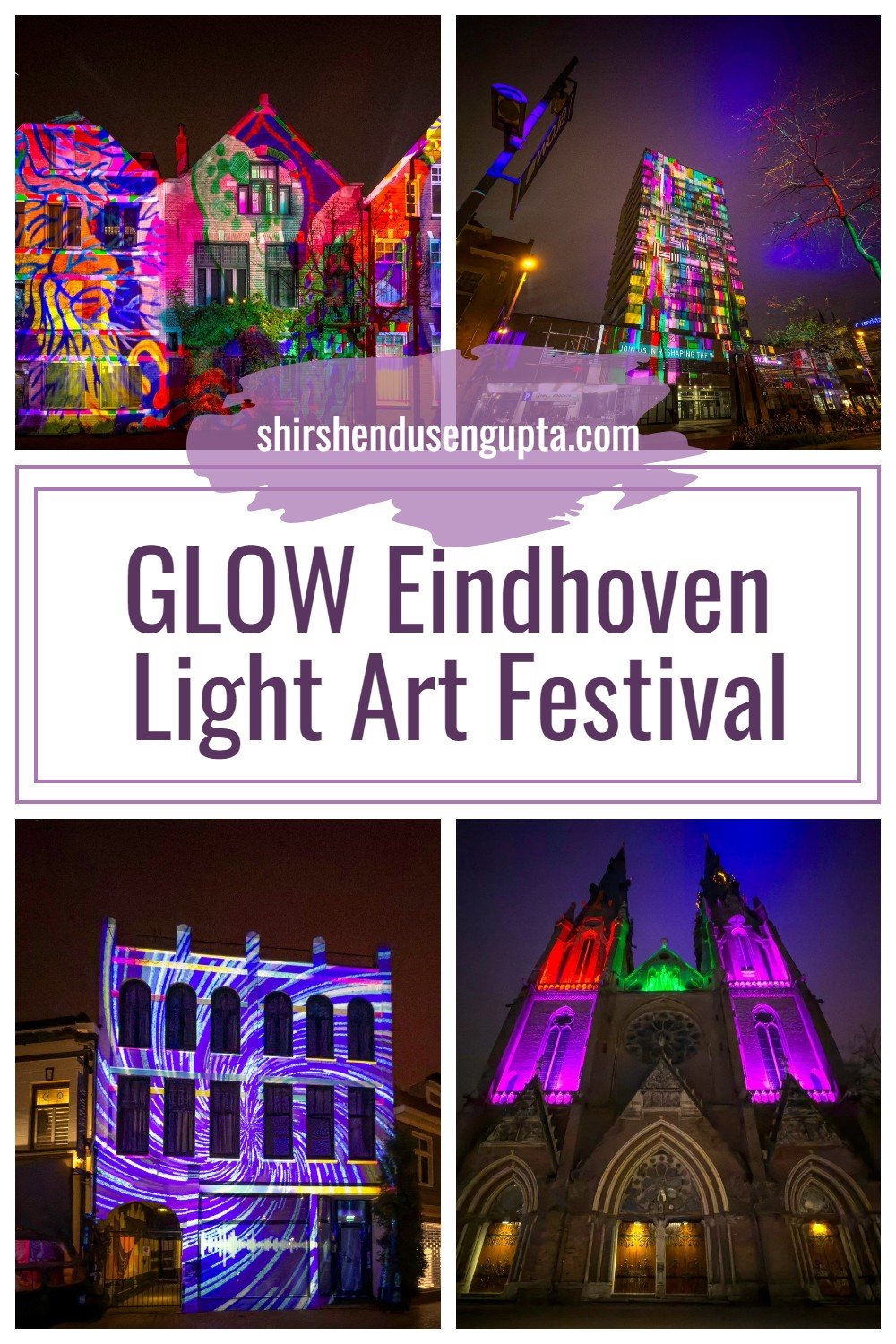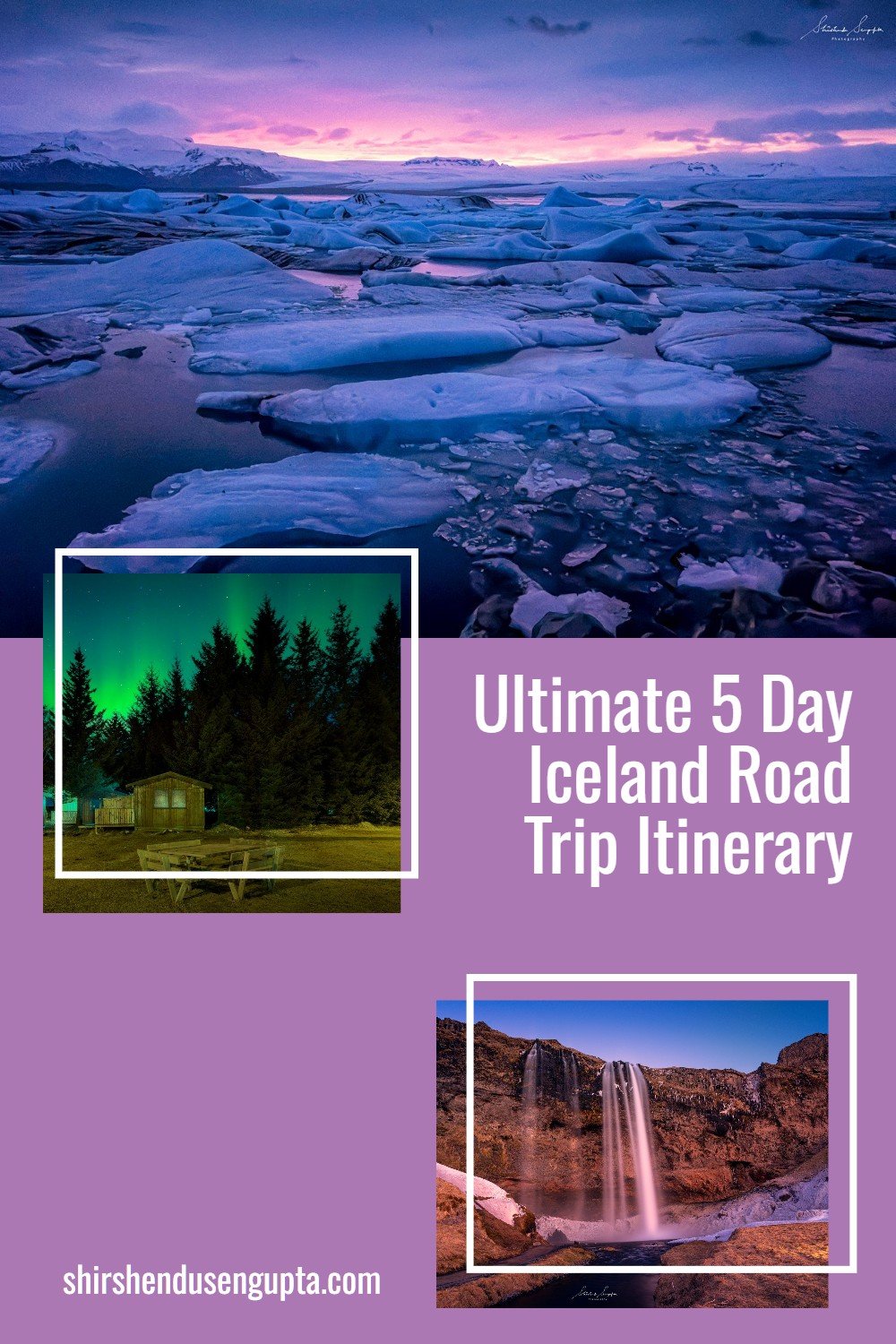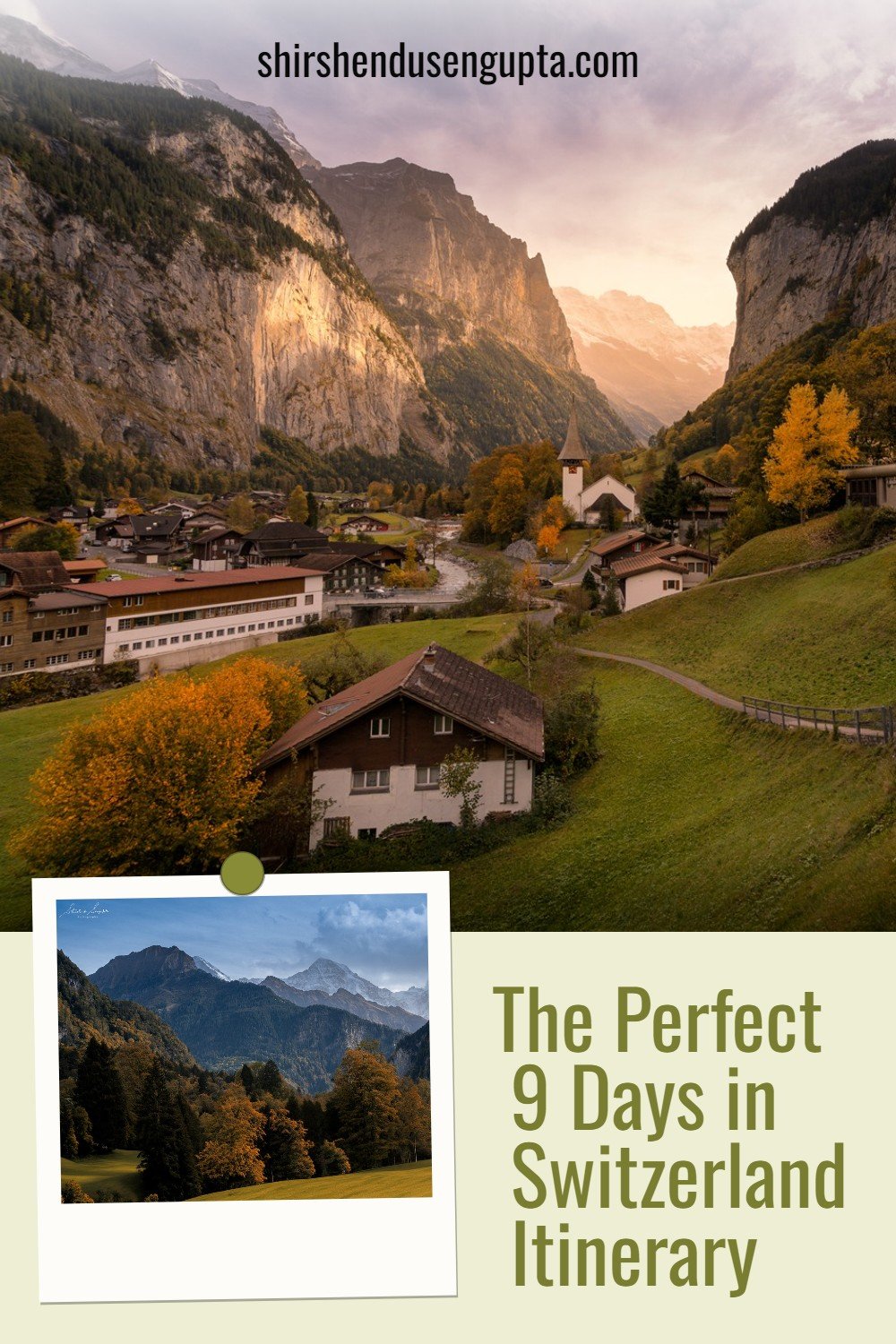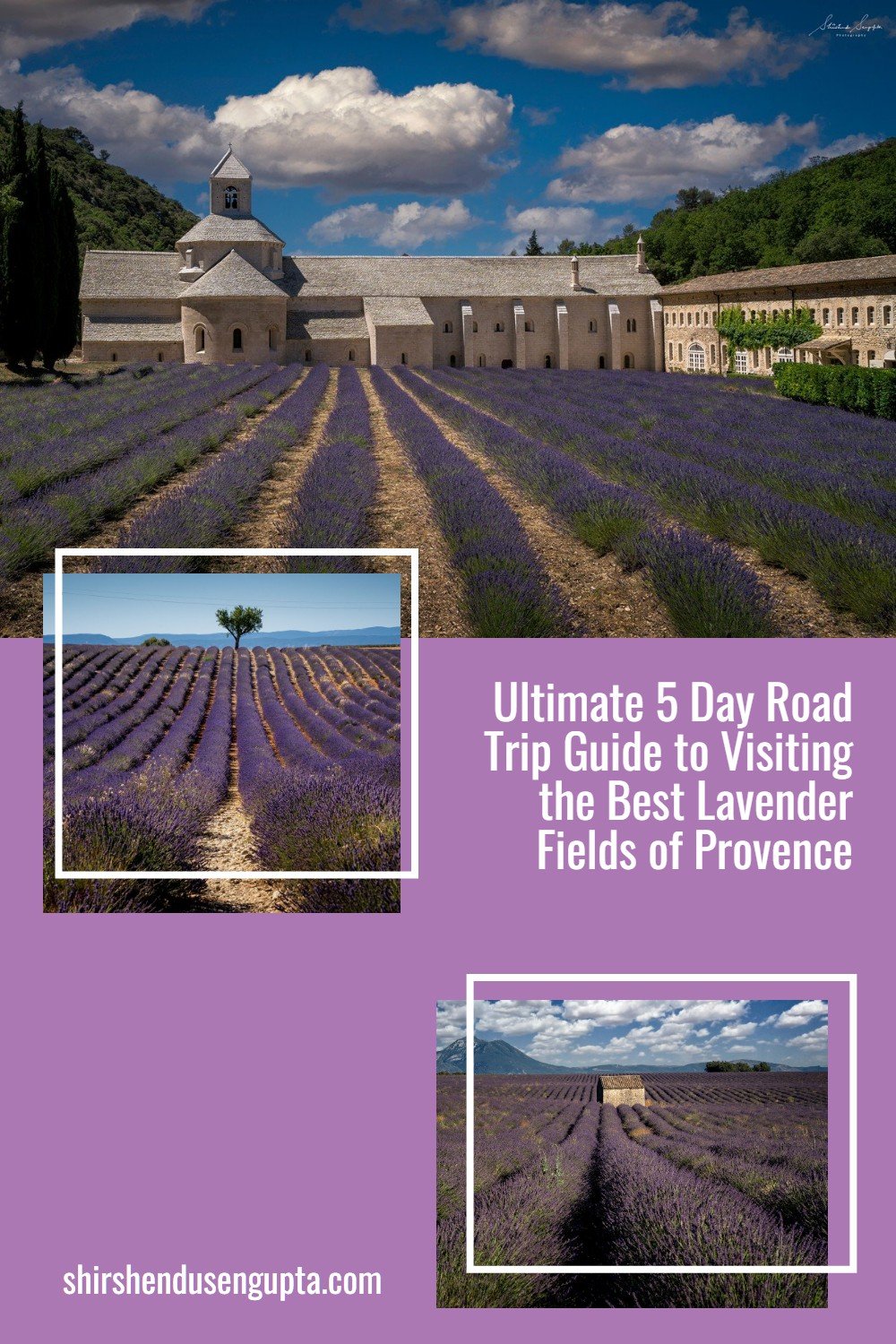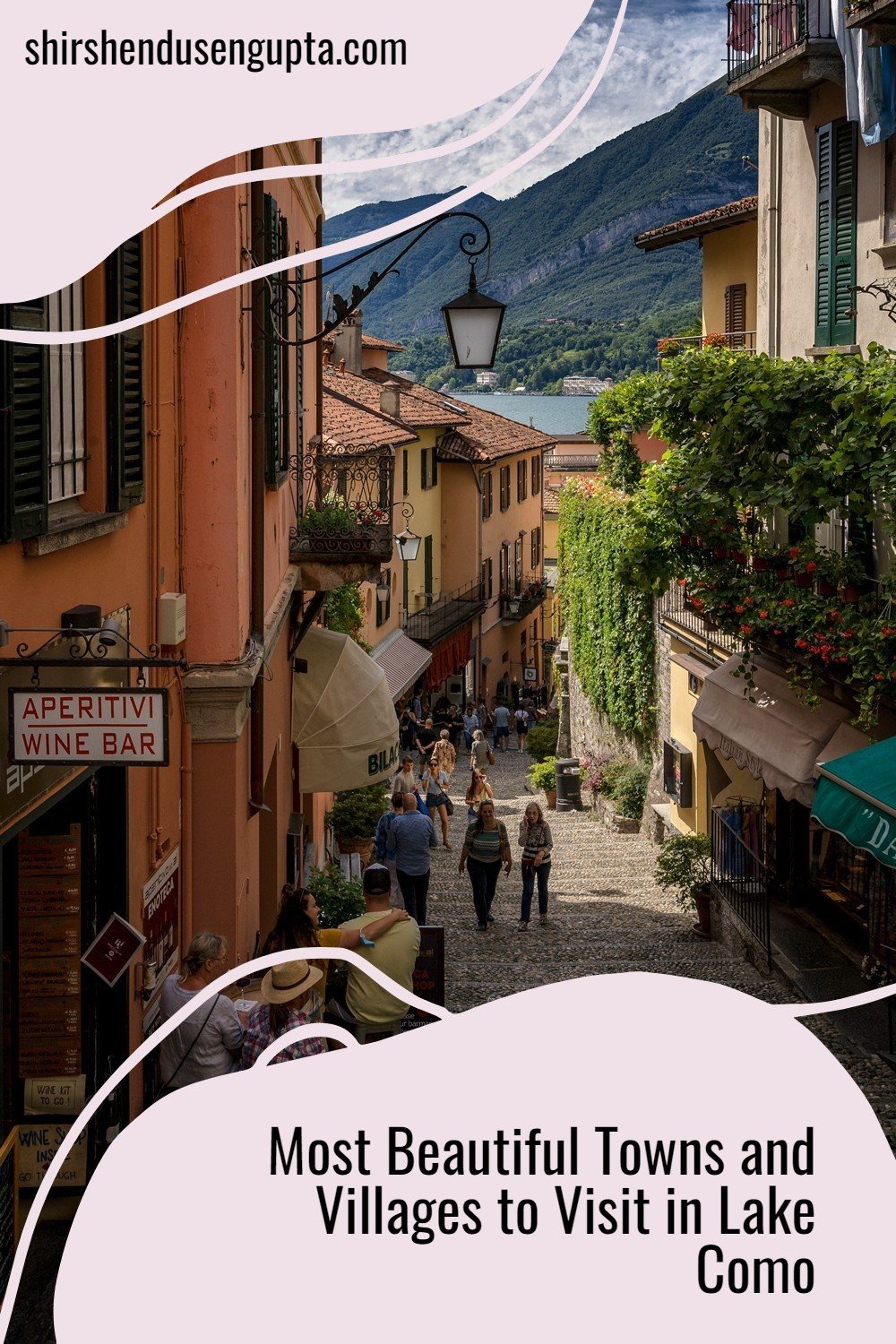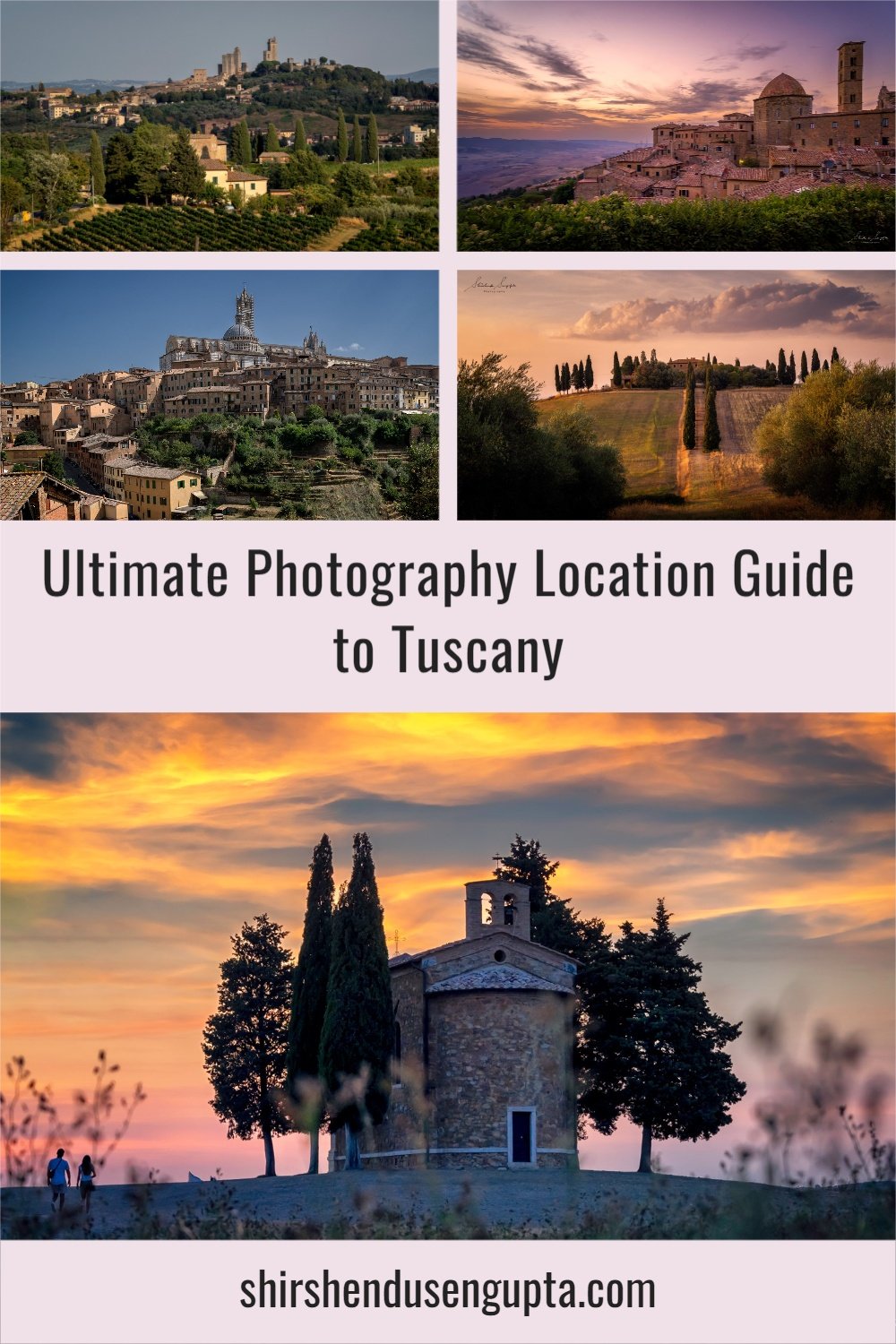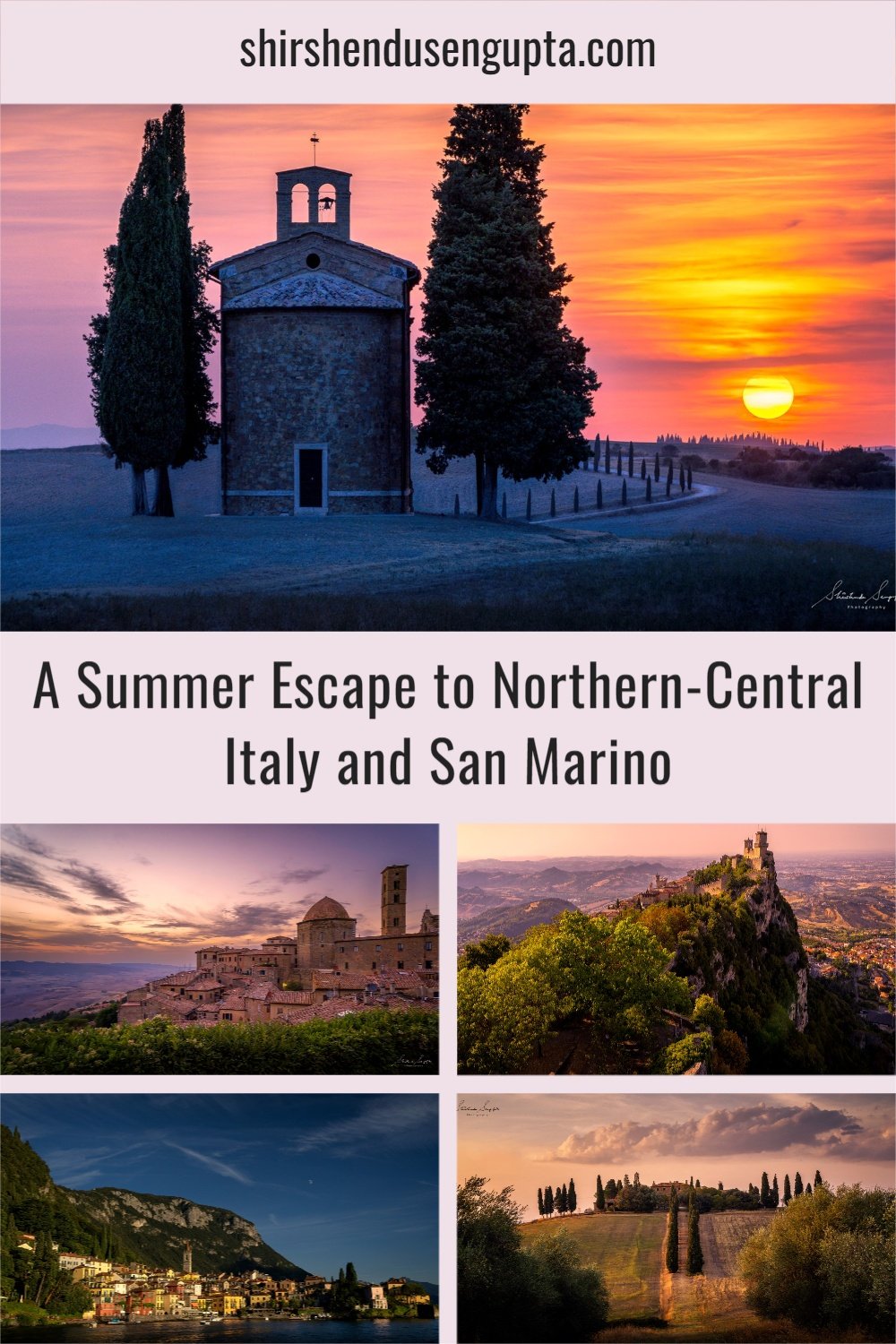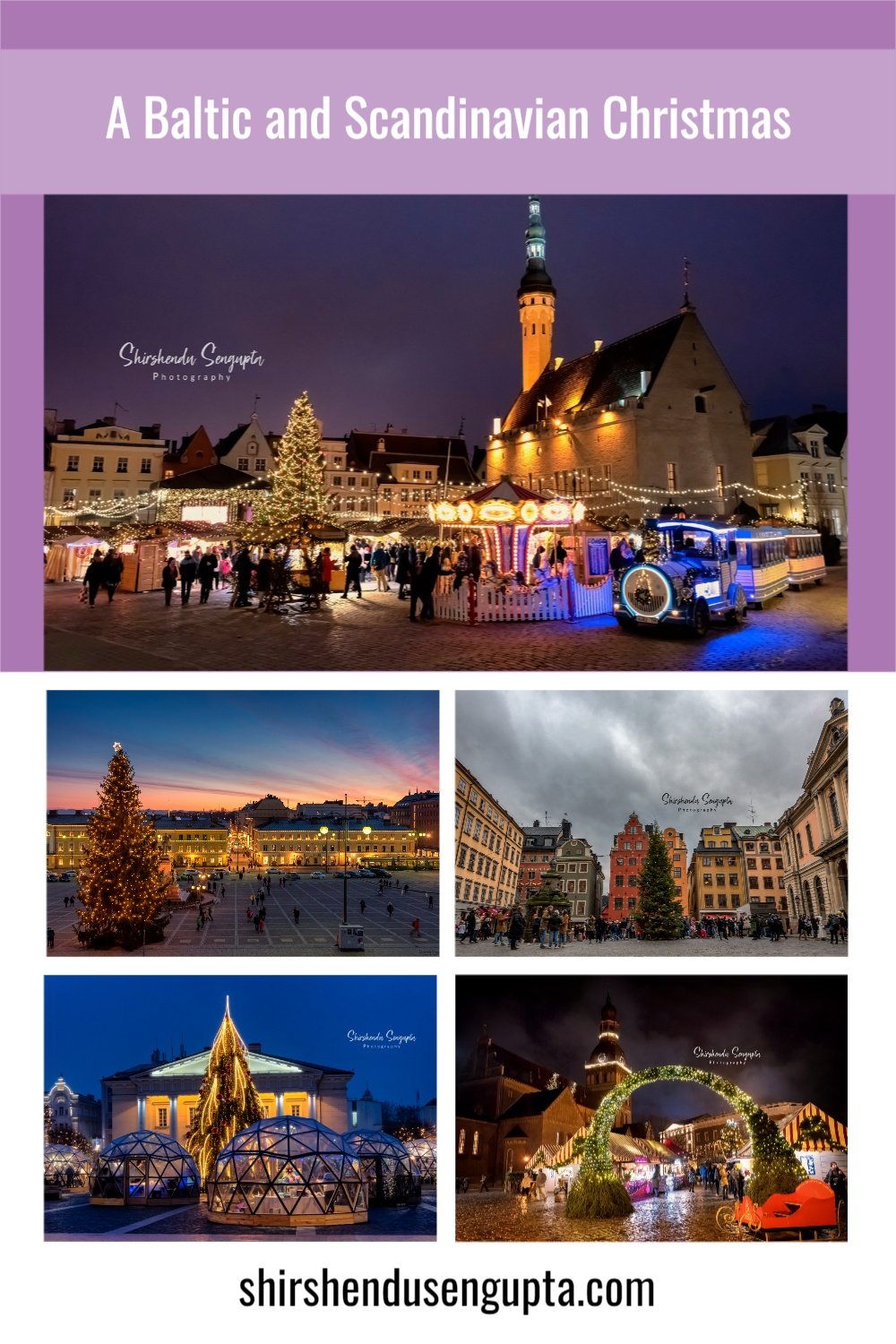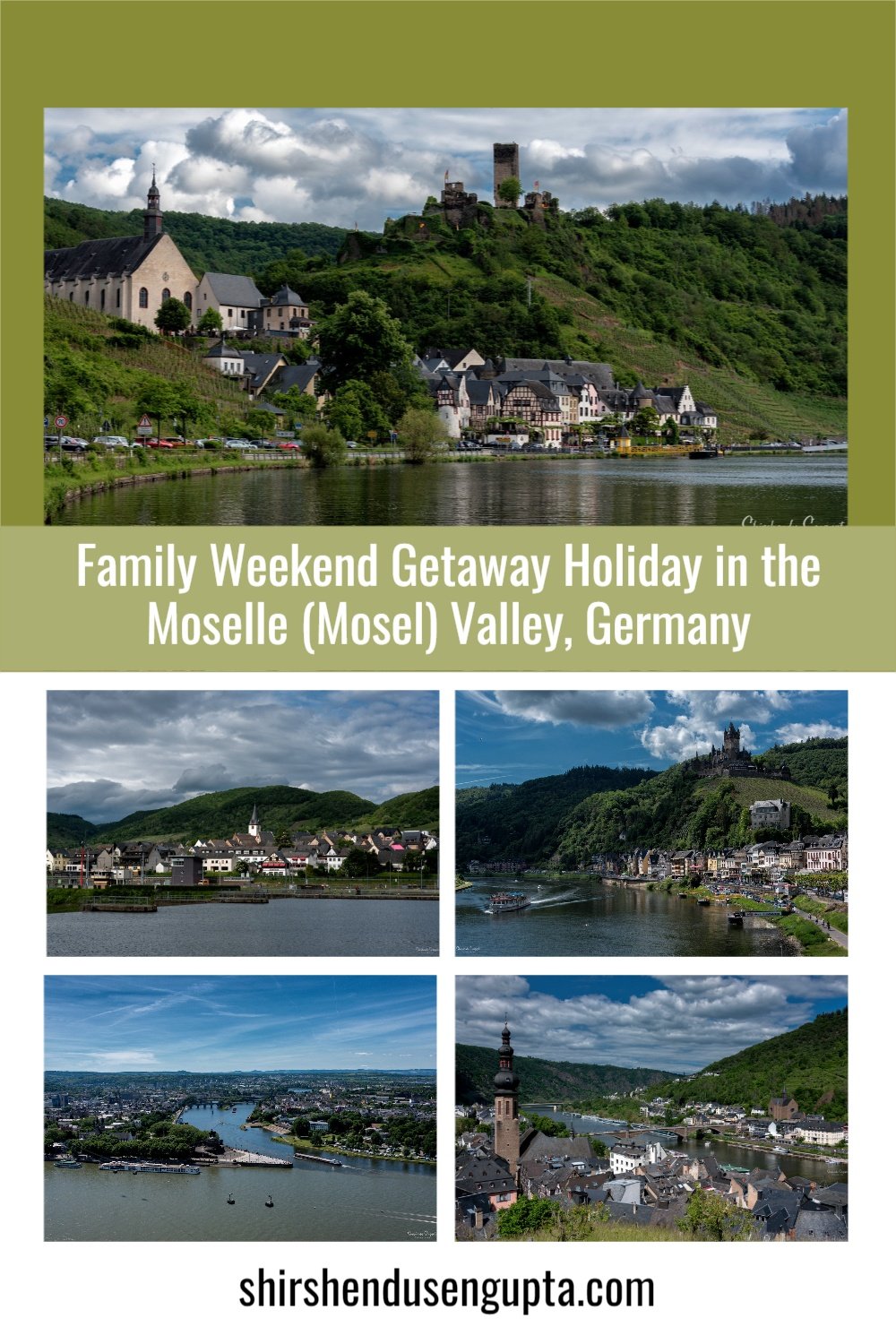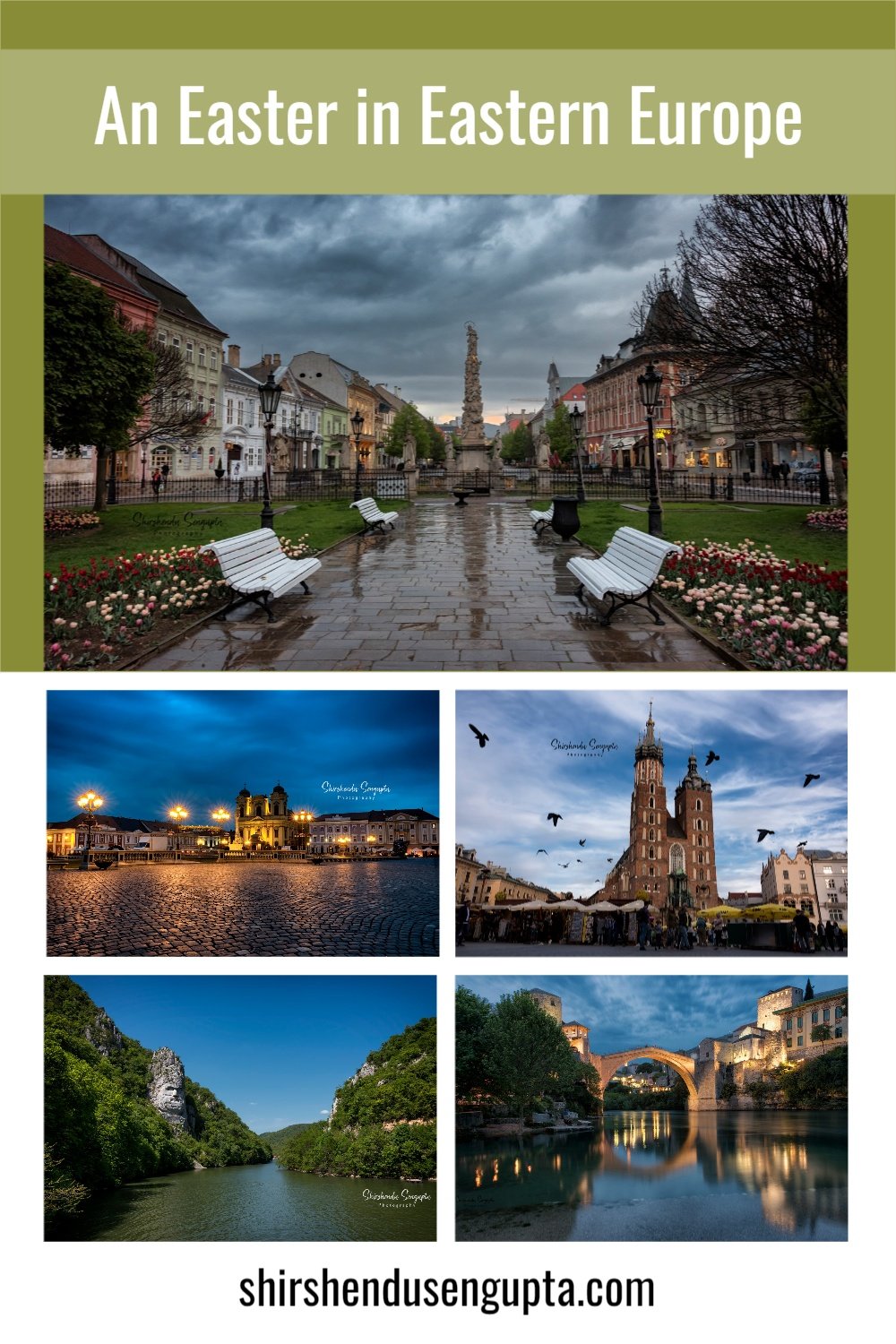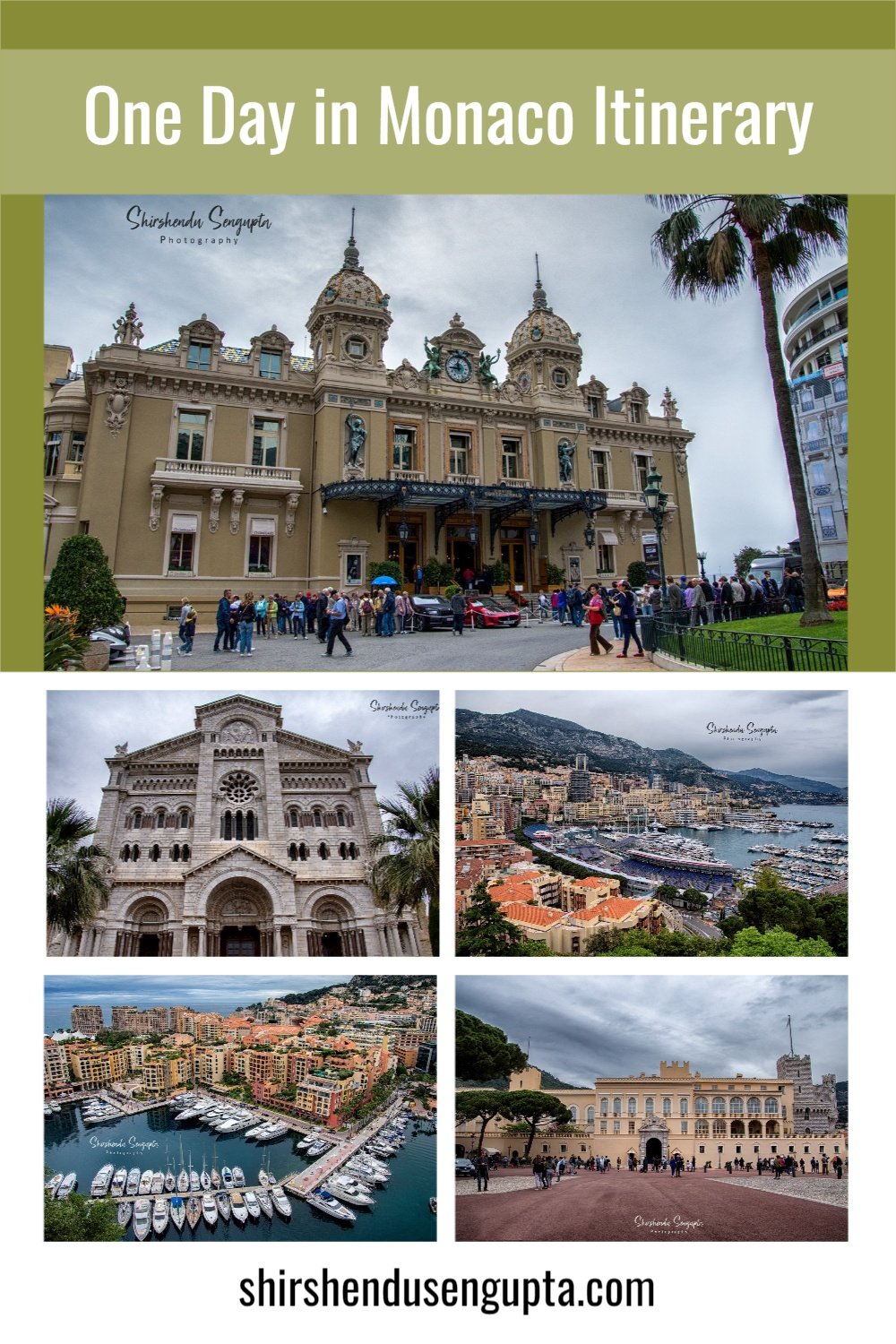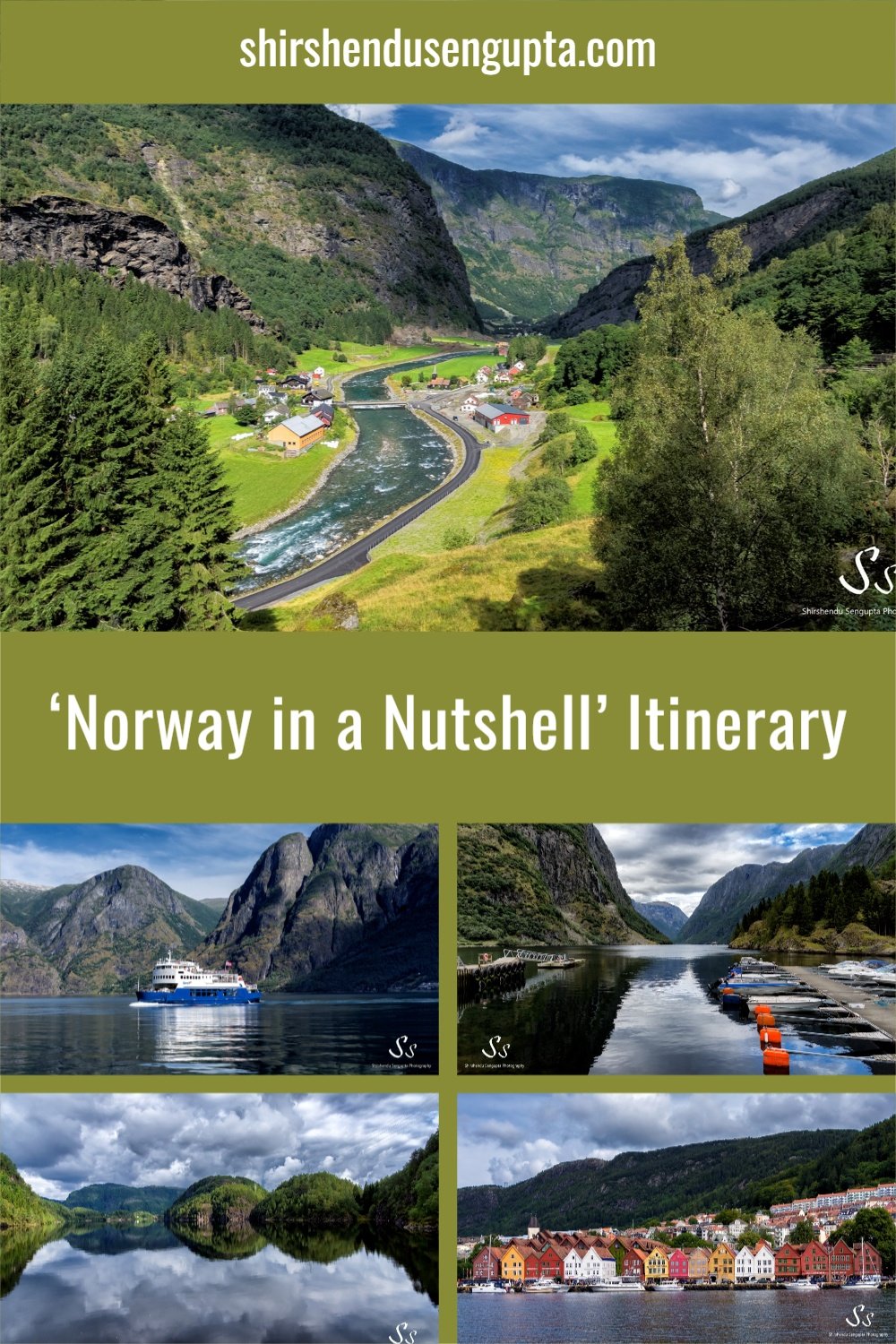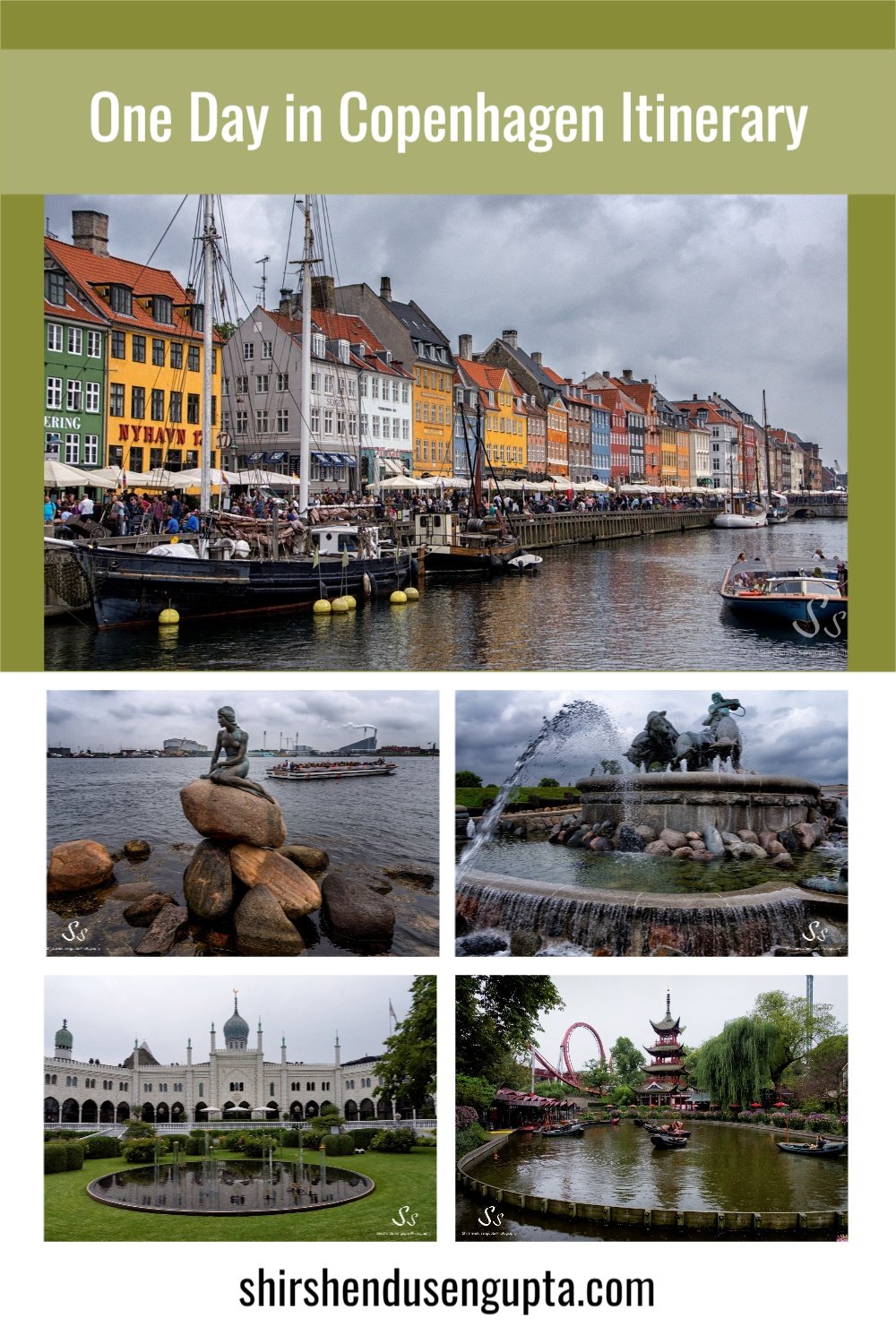Ultimate 7 Day Black Forest Road Trip Travel Guide with Itinerary, Tips, and Tricks | How to Spend a Week, Best Places to Visit, Top Things To See and Do in Black Forest, Germany
The Mystic ‘Schwarzwald’
The Schwarzwald (Black Forest) is a forested mountainous region in southwest Germany, bordered by France to the west and Switzerland to the south that derives its name from its deep, black evergreen canopy. It is associated with the Grimm Brothers fairy tales owing to its thick forests, carved valleys, luscious meadows, robust timber farmhouses, wispy waterfalls, and charming villages.
For most travelers, Black Forest is just about Cuckoo Clocks, Triberg Waterfalls, Lake Titisee, or big cities like Baden Baden, Heidelberg, Freiburg, and Feldberg, where you will find most of the crowd. But that surely is anything but the real ‘Schwarzwald.’ Experiencing the real Black Forest is by driving through dense and dark stretches of woodlands, serpentine climbing mountainous roads, lush green valleys, postcard-perfect villages while expecting to run across a wicked witch or huntsman, taking a break to pluck a few apples from the orchards, tasting wine while driving across the vineyard trails, or stopping the car in the middle of nowhere when you spot a deer. And none of them you will find in the places operated by most tour companies. The challenge is to find a good itinerary without a lot of research. It’s not easily available on the internet. So based on our personal experience, today I’m going to share with you the tips and tricks on how to get the most of this amazing piece of creation named the ‘Schwarzwald’ that nobody talks about. Let the journey begin!
The Itinerary
Day 1: Hoofddorp (the Netherlands) to Oberharmersbach (Germany)
On the early morning of day 1, we started from our home in Hoofddorp (the Netherlands) for a 670 km drive to Oberharmersbach (Germany), a quaint little town on a high valley, which we made our base for exploring the Black Forest. We made it in roughly 8 hours (with breaks). Upon reaching Oberharmersbach, we checked in to our accommodation and slept off.
Day 2: Eble-Uhren Park, WeltgrößteKuckucksuhr, and Triberg Waterfalls
Eble-Uhren Park (World’s Largest Cuckoo Clock)
We decided to dedicate the first couple of days of our Black Forest exploration to the cliches and get done and dusted with them once and for all. So, the first morning we started from our base in Oberharmersbach and drove 45 km southwards to arrive at Eble-Uhren Park. This world's largest cuckoo clock, according to Guinness Book of World Records, is large enough to fill an entire house, but it's primarily a gimmick to draw customers into a massive clock shop. Nonetheless, seeing the supersized mechanism and hearing the 4.5m cuckoo's call is fascinating. For more information on opening hours and ticket prices, please visit their website mentioned below.
Address: Schonachbach 27, 78098 Triberg, Germany
Website: uhren-park.de
WeltgrößteKuckucksuhr (World’s First Big Cuckoo Clock)
From there, we drove another 4 km southwards to visit the WeltgrößteKuckucksuhr. Very few people know about this one as the most publicized giant cuckoo clock in the entire Black Forest region is the one at Eble-Uhren Park as mentioned above, probably owing to the reason that it is the largest and also because it’s an opportunity to lure tourists into buying a cuckoo clock memento in its clock shop. However, to us, the WeltgrößteKuckucksuhr was way more beautiful cuckoo clock and much less touristy than the one at Eble-Uhren Park. It is also known to be the world’s first big cuckoo clock.
The builder and watchmaker Josef Dold had an idea. He built a cuckoo clock as big as a small Black Forest house. The cuckoo appears on the hour and half hour. His daughter runs a small shop inside the cuckoo clock. The clock was built between 1977 and 1980. They are registered in the Guinness Book of Records since 1984. Since the year 2000, it was accepted as the world’s first large cuckoo clock. For more information on opening hours and ticket prices, please visit their website mentioned below.
Address: Untertalstraße 28, 78136 Schonach im Schwarzwald, Germany
Website: dold-urlaub.de
Triberg Waterfalls (Germany’s highest waterfall)
After visiting WeltgrößteKuckucksuhr, we drove 4 km eastwards to reach Triberg Waterfalls, probably the biggest landmark and cliched photography spot in the Black Forest. The Triberg Waterfalls are Germany's highest waterfalls, with a descent of 163 meters. The Gutach River, located above Triberg in the Black Forest, descends seven large steps from a pleasantly undulated high plain into a stony V-shaped valley. Every year, about half a million people come to see this natural wonder. The waterfalls have five entrances, which are accessible through asphalted roads, steps, and footbridges. Of course, you must be a relatively good walker, and the trails are not appropriate for prams or pushchairs. However, from the main entrance (address provided below), you may easily reach the waterfall's lowest and greatest cascades. For more information on opening hours and ticket prices, please visit their website mentioned below.
Address: Schönwälder Straße 2, 78098 Triberg, Germany
Website: triberg.de/tourismus-freizeit/tourismus-freizeit/natur-erlebnis/deutschlands-hoechste-wasserfaelle
Day 3: Hexenlochmühle and Titisee
Hexenlochmühle (Water Mill)
The following day we left our base in Oberharmersbach to visit the Hexenloch Mill located 70 km south, between St. Märgen and Furtwangen in the parish Furtwangen-Neukirch, in the Hexenloch ravine. Previously known as the Dreistegen Mill, the Hexenloch Mill, built in 1825, is the Black Forest's only mill with two water wheels. The section with the smaller water wheel was erected as a nail smithy in 1825. The section with the larger water wheel was later converted into a sawmill. The nail smithy was eventually converted into a clockmaking facility. It is a fun-and-learn location for kids who can play around while learning the working of a water mill and a romantic spot for couples who want to spend quality time together in a tranquil environment hearing the sound of the water flowing by. There is an idyllic restaurant beside the watermill to have an authentic German lunch. For more information on opening hours and ticket prices, please visit their website mentioned below.
Address: Hexenloch 13, 78120 Furtwangen im Schwarzwald, Germany
Website: hexenlochmuehle.de
Titisee
From Hexenlochmühle, we drove further 20 km southwards to spend the rest of the day in a beautiful piece of nature named Titisee. This lake and town of the same name offer a plethora of opportunities for spending a pleasant holiday, and therefore are among one of the major tourist hotspots in the Black Forest, along with Eble-Uhren Park and Triberg Waterfalls. Take a swim in the lake or go for a boat trip, in a large tour boat, or a pedal boat, or simply explore the serene Black Forest woodlands by taking a walk around the lake. You could also hike from the lake to the 1,192 meters high lookout tower on the nearby Hoch mountain. The traffic-free center of the town of Titisee has a friendly holiday atmosphere with spas, shops, cafes, and restaurants to discover.
Address: Titisee, 79822, Germany
Day 4: Oppenau, Allerheiligen Monastery Ruins and Waterfall, and Lake Mummelsee
Oppenau
Now that we’d seen the cliches out of the way, it was time to explore the unknown, the part of the itinerary that would probably interest you the most. So the following day, we drove 12 km northwards from our base in Oberharmersbach to spend the morning in the picturesque city of Oppenau. We had a cup of coffee and bought flavored candies for Ricky from the farmer’s market.
Allerheiligen Monastery Ruins and Waterfall (part of Schwarzwald National Park)
After spending the morning in Oppenau, we drove 8 km further north to visit the Allerheiligen Monastery Ruins and trek to the Allerheiligen Waterfall all afternoon. The Premonstratensian monastery of All Saints’ Abbey (Kloster Allerheiligen) was founded in 1192 near Oppenau in the Black Forest. According to legend, the building and its location, at 620 meters above sea level in the upper Lierbach valley near Oppenau, was determined by a donkey who tossed a sack of money at this distant and inaccessible location. The following year, a wooden chapel was established, which was gradually expanded to become a Premonstratensian monastery. The Duchess Uta of Schauenburg issued the foundation charter in 1196. Philip of Swabia acknowledged the establishment in 1200, and Pope Innocent III recognized it in 1204. Gerung was the first abbot.
Lorsch Abbey became a daughter house of All Saints in 1248, when canons from All Saints were ordered to convert it to a Premonstratensian monastery. At Haguenau, a new daughter house was built. The monastery flourished quickly due to several gifts and donations, including those at Oberkirch and Oppenau, and became one of the region’s major religious, cultural, and political centers. The Grand Chapter of the Premonstratensian Order elevated it to the status of an “abbey” in 1657. It was at the pinnacle of its dominance in the 18th century. However, in November 1802, as part of the secularisation process, Margrave Karl Friedrich of Baden dissolved the abbey and acquired all of its properties, parts of which had already been damaged by large fires in 1470 and 1555. A final fire, sparked by a bolt of lightning striking the church tower in 1804, completed the job. The remains were sold for demolition in 1816 and were used as a quarry for stone and scrap for churches in the Rench and Acher valleys.
Today, numerous local churches, such as those in Bad Peterstal, Oppenau, Ottenhöfen, and Achern, have altars with saints' figures. Three statues from All Saints’ Abbey, symbolizing Saint Helena, Uta of Schauenburg, and Gerung, stand over the gateway of the prince’s chapel at Lichtenthal Abbey. When tourism finally reached the Lierbach valley and its waterfalls at the end of the nineteenth century, they were eventually restored to their current state. The All Saints’ Waterfalls (“Allerheiligen-Wasserfälle”) are located beneath the ruins.
Address: Allerheiligen 6, 77728 Oppenau, Baden-Wurttemberg, Germany
Lake Mummelsee
After seeing the Allerheiligen Monastery Ruins and trekking to its waterfall, we decided to spend a relaxed evening by the shores of Lake Mummelsee 18 km further north. The Mummelsee is a picturesque lake situated more than 1,000 meters above sea level near the municipality of Seebach in the northern Black Forest. It is a karst lake created by the collapse of underground caves made of water-soluble rocks such as dolomite, lime, and gypsum. The Mummelsee is the largest of such karst lakes in the Black Forest. It is 3.7 hectares in size and about 18 meters deep, and was created during the Ice Age. The 1,123-meter-high Katzenkopf rises to the west of the lake, and the slightly higher Hornisgrinde, the highest mountain in the northern Black Forest, rises to the north. The tranquil lake, which reflects the dark forests on its banks, is often referred to as the "Eye of the Black Forest." Various legends and myths have sprung up around it. It is said that there is a mermaid or ghosts living in the lake. There is also mention of the Mummelsee King living there. According to an old story, even the entrance to the center of the earth is said to be in it. The name Mummelsee probably comes from the water roses that used to stand here and were popularly called Mummel.
For dinner, we had a local Black Forest menu at the restaurant of the Berghotel Mummelsee that comes with a lake view. I highly recommend it.
Address: Berghotel Mummelsee, 77889 Seebach, Germany
Day 5: Oberkirch, Schloss Staufenberg (Durbach), Offenburg, Schloss Ortenberg (Ortenberg), and Gengenbach
Oberkirch
The next morning we continued on our offbeat Black Forest journey by visiting the charming wine town of Oberkirch, situated at the entrance to the Renchtal valley and on the Baden Wine Route, around 23 km north of our base in Oberharmersbach. The warm, deep bedrock soils that have given Oberkirch its unique aspect are delightfully characteristic of this winemaking location. Oberkirch's schnapps and liqueurs from its 891 distilleries are acknowledged as top products in Germany, and the vineyards and orchards have an excellent reputation. Oberkirch is also known for its gastronomic delights, ranging from traditional Baden cuisine to hearty Black Forest meals that would satisfy even the most discerning palate.
Schloss Staufenberg (Durbach)
After visiting Oberkirch, we drove southwards along the 10 km long apple orchard and grape vineyard trails to climb up to the castle of Schloss Staufenberg overseeing the village of Durbach. The legendary house of the Duchy of Zähringer, progenitor of the current Margrave of Baden, built the stronghold in the 11th century. As a result, it has an almost 1000-year history. The fortress's name comes from the Old High German word "Stauf," which means "cone-shaped hill." The 380-meter-high Staufenberg is a good example of this. While the first records of winemaking date from 1366, it seems likely that wine was grown on the Staufenberg far earlier. Some say grapes were planted on the grounds before the fortification was built.
During the Thirty Years War, the Staufenberg was badly damaged. During the time of Louis XIV, the Sun King, the castle was pillaged by French marauders. However, due to a scarcity of drinking water, a second proposal to reconstruct the fortress as a French fort failed. The castle was thereafter returned to the House of the Margrave of Baden. The castle was reclaimed in 1693 by Louis William, Margrave of Baden, the "Türkenlouis" and the Sun King's godchild. In 1832, it was enlarged into a "Romantic" castle, in keeping with the period's style. Even today, visitors are awestruck by its "Romanticism."
Schloss Staufenberg is a must-visit for all travelers as this route has the most breathtaking scenery among all Black Forest routes, in my opinion. For more information on opening hours and ticket prices, please visit their website mentioned below.
Address: Schloss Staufenberg 1, 77770 Durbach, Baden-Wurttemberg, Germany
Website: schloss-staufenberg.de/en
Offenburg
After soaking in the scenery of the Schloss Staufenberg castle wine route, we winded down the serpentine lanes 10 km further south to pay a quick visit to the quaint little town of Offenburg situated at the mouth of the Kinzig river valley famous for its Lion Fountain, Fish Market, and a comparatively cosmopolitan shopping center.
Address: Am Marktplatz, 77652 Offenburg, Germany
Schloss Ortenberg (Ortenberg)
After a quick visit to Offenburg, we drove 5 km further south to reach the Schloss Ortenberg castle. Ortenberg Castle, located above the town of Ortenberg at the end of the Kinzig Valley between Offenburg and Gengenbach, is Ortenau district’s most famous sight. The Ortenberg Castle dates back to the 11th/12th century. The House of Zähringen built the castle to protect the Kinzig Valley. In today's castle, there is a youth hostel. The towers of the castle offer breathtaking views.
Address: DJH Youth Hostel Schloss Ortenberg, Burgweg 21, 77799 Ortenberg, Germany
Gengenbach
From Schloss Ortenberg, we drove 8 km further south to reach the beautiful town of Gengenbach, with an iconic medieval town center (“Altstadt”). We sat the whole evening there sipping on Cappuccinos and having authentic Black Forest pastries while watching the sun go down. For people who don’t know, Gengenbach is home to the world’s largest advent calendar.
Day 6: Oberharmersbach, Schiltach, Burg Husen (Hausach), and Haslach im Kinzigtal
The next day, we decided to take to the countryside of the amazingly beautiful Black Forest. So we started early to explore Oberharmersbach, the tiny village in a valley where we were put up. And guess what, around Oberharmersbach we found idyllic scenery with not a single person around.
Schiltach
After spending the entire morning in the bosom of nature, we headed 40 km south to the iconic town of Schiltach, situated in the upper Kinzig valley. In 1275, this "town with half-timbered dwellings, raftsmen, and tanners" was first established as a parochial village. The market square, with its half-timbered houses, the Museum am Markt and the Apothecary Museum, are all worth visiting. The Trautwein company in Schiltach is the last remaining craft tannery in the Black Forest.
Address: Marktplatz 7, 77761 Schiltach, Germany
Burg Husen (Hausach)
After visiting Schiltach, we drove 16 km westwards, followed by a quick 1 km uphill trek to Burg Husen, a castle ruin built around 1220, towering above the town of Hausach which has the tagline "Stadt unter der Burg" (Town under the castle).
Address: Husen Castle, 77756 Hausach, Germany
Haslach im Kinzigtal
From Husen Castle we drove 10 km further westwards to reach the historic town of Haslach im Kinzigtal. We spent the whole evening there, watched the sun go down, dined, and left for our accommodation in Oberharmersbach.
The presence of a hamlet here during the construction of the military road across the Kinzig valley is indicated by Roman Age discoveries like pottery shards, stone altar, and Roman tomb remains dating back to about 74 A.D. Haslach was founded by the Zähringer, a dynasty of Swabian nobility, in the 11th century as a market town and the center of the local silver mining industry. Haslach was the seat of a mountain judge who oversaw 400 tunnels and shafts in the Kinzig valley during the reign of Fürstenberg (the first mention of the location was in 1240). Haslach was added to the imperial tax list of Hohenstaufen in 1241, with a relatively high amount of 40 marks of silver, and was elevated to the status of a city in 1278.
Address: Am Marktplatz, 77716 Haslach im Kinzigtal, Germany
Day 7: Oberharmersbach (Germany) to Hoofddorp (the Netherlands)
The next morning, we drove back 670 km in approximately 8 hours (with small breaks) to reach our home in Hoofddorp (the Netherlands).
Info, Tips, and Tricks
Choose the right season for visiting the Black Forest
The Black Forest appears charismatic across all seasons. However, I would recommend you to visit during summer as you will get more hours of sunlight and hence will be able to cover more places in a day. But on the downside, summer can be scorching in the Black Forest, contrary to popular belief. When we visited during July, the temperature rose to 42 degrees (though there was a heatwave across Europe at that time). So to be safe, you could also visit in mid-April (late spring) during the Easter holidays.
Choose the right base for exploring the Black Forest
I know many people who stay in different hotels across the Black Forest region to cover the different parts. But if you choose a base location diligently that is central to the Black Forest region, trust me, you can cover from north to south of Black Forest by car just from one location. And for that, the best area is the Oberharmersbach area where we stayed or the Triberg area, but mind you, hotels near Triberg can be very expensive in the high season.
Plan for your health
The Black Forest is characterized by diverse ecosystem and hence a great range of biodiversity. However, many of the wild flora and fauna can infect you with deadly diseases like Tick-borne Encephalitis or Lyme disease (especially if you’re planning to camp in the woods/mountains). So, discuss the places you plan to visit with your physician before your vacation and take precautions/vaccinations accordingly. However in my opinion, if you stick to the towns/cities, you should be fine without them.
Plan for emissions stickers (Umweltplakette) for your car
While driving in Germany, cars must display emissions stickers (Umweltplakette) that specify their emissions standards or certify how polluting they are when entering the country's major cities. These stickers are intended to improve air quality in so-called environmental zones, which limit entry to specific regions of city centers based on a vehicle's emissions criteria.
These are part of a three-category system in which cars are assigned a green, yellow, or red label. Green stickers are available for diesel vehicles with Euro 4 or higher emissions ratings and petrol vehicles with Euro 1 or higher ratings. Yellow stickers are available for diesel vehicles that meet the Euro 3 standard, whereas red stickers are given to diesel vehicles that meet the Euro 2 standard. A sticker is not required for Euro 1 and pre-Euro diesels, pre-Euro petrol vehicles, or vehicles without a catalytic converter.
So before traveling to Germany, make sure your vehicle has the sticker installed. They cost 6 euros for German cars, although the price varies widely for international vehicles depending on where and how they are purchased. You can order them online or buy them at the local fuel stations when you enter Germany, and you just have to display the bill on your dashboard. Technically if you are caught without stickers, fines can range between 50 and 200 Euros. However, based on our experience, if you stick to the itinerary mentioned in this article and do not enter the major cities, you should be fine without them. Still better to be safe than sorry.
Plan for hiking (especially for waterfalls)
Prepare for a lot of hiking for the waterfalls (especially with children) if you plan to climb up to the top of the waterfalls. Though for the popular waterfalls, you may have steps, but they can often be numerous. Hence carry lots of water with you.
Watch out for tourist traps
Watch out for the tourist traps laid around the tourist attractions in the Black Forest. E.g., it was 39 degrees when we climbed down the Triberg Waterfalls to find that they sell water in ‘plastic glasses’ costing 3 euros per glass. Similarly, we had run out of water in 40 degrees when we climbed Schloss Staufenberg (Staufenberg Castle) in Durbach where on the castle terrace there’s a restaurant and bar which sells a bottle of 1 liter of water at 5.5 Euros. So stock lots of water and food in your car when traveling to these places.
Carry the supermarket with you
In the Black Forest, it’s incredibly challenging to find supermarkets in the smaller towns or villages. Only in bigger towns like Triberg, Titisee or Offenburg you might find a decent-sized supermarket after some search. To get a sizeable supermarket, ask your accommodation to provide you with a list of supermarkets nearby with their addresses and telephone numbers. The village in the valley where we lived had no supermarkets, and the nearest one was in Zell Am Harmersbach, around 7 km from our accommodation. Also, note that most supermarkets close at 18:00 and on Sunday almost everything is closed (supermarkets, restaurants, etc.) apart from the tourist areas like Triberg or Titisee. So prepare upfront.
Carry cash
In most of Black Forest, cards are not accepted, including the ticket counter of Triberg Waterfalls (which is shocking being in Germany!). So, withdraw cash based on your necessity when you find an ATM, and trust me, ATMs are also very hard to find there!
Try to cook
In the entire Black Forest, getting food of your choice is very hard since the cuisines everywhere are authentic German, and hence especially for vegetarians (like my wife who’s ‘almost’ vegetarian), there is hardly any choice. Also, chicken eaters might be challenged by the lack of availability of meat other than beef, ham, or turkey. So try stocking the food of your choice from the supermarkets in the refrigerator of your accommodation and then cook yourself (at least one meal a day, e.g., the dinner in the night upon return). So always take accommodation with a kitchen.
Black Forest cakes in the Black Forest are alcoholic
Almost ‘all’ Black Forest cakes in the Black Forest are alcoholic (there are layers of wine-soaked cherries in the middle and top), and the waiter/waitress will inform you about it. So know about it now to decide if you want to eat them then.
You can park almost anywhere in the Black Forest
The best part of Black Forest (in comparison with the neighboring wine-growing region of Alsace in France, for example) is you can park right at the center of the towns or right up to the base of the castles on the hilltops (mostly free parking) and anywhere on the way amidst raw nature. If you see a landscape you want to shoot with your camera, just pull over onto the fields and get down. There’s no one to stop you!
There are different places/castles in Germany with the same name
Please note that if you are following my itinerary to visit the Black Forest, search for the full addresses that I have provided in Google Maps and not just the name e.g., Schloss Ortenberg. Trust me, there are more than one Schloss Ortenbergs in Germany, and therefore Google Maps will drive you nuts.
If you want to visit bigger cities
Apart from the places mentioned in this itinerary, if you want to visit bigger cities, Baden Baden, Heidelberg, Freiburg, and Feldberg are worth considering. I'm not too fond of bigger cities as they are often touristy, offer fewer photography opportunities, and do not reflect the ‘real’ Black Forest. Hence they were not on my itinerary. But I mentioned here so that you can make your own choice.
Epilogue
So that brings us to the end of our Black Forest journey. Please let us know in the comments below if you enjoyed reading this article. And until we meet next time, I wish you merry traveling and happy shooting!
Pin the article
Bookmark the article for reading later!
Want to license/buy photos in the article?
License photos for commercial/editorial use or buy photo prints!
Want us to write an article for you?
Articles for magazines, newspapers, and websites!
Watch our Videos
Check out our videos on our Youtube Channel!
Join the Newsletter
Get updates on our latest articles!
We respect your privacy. Read our policy here.



